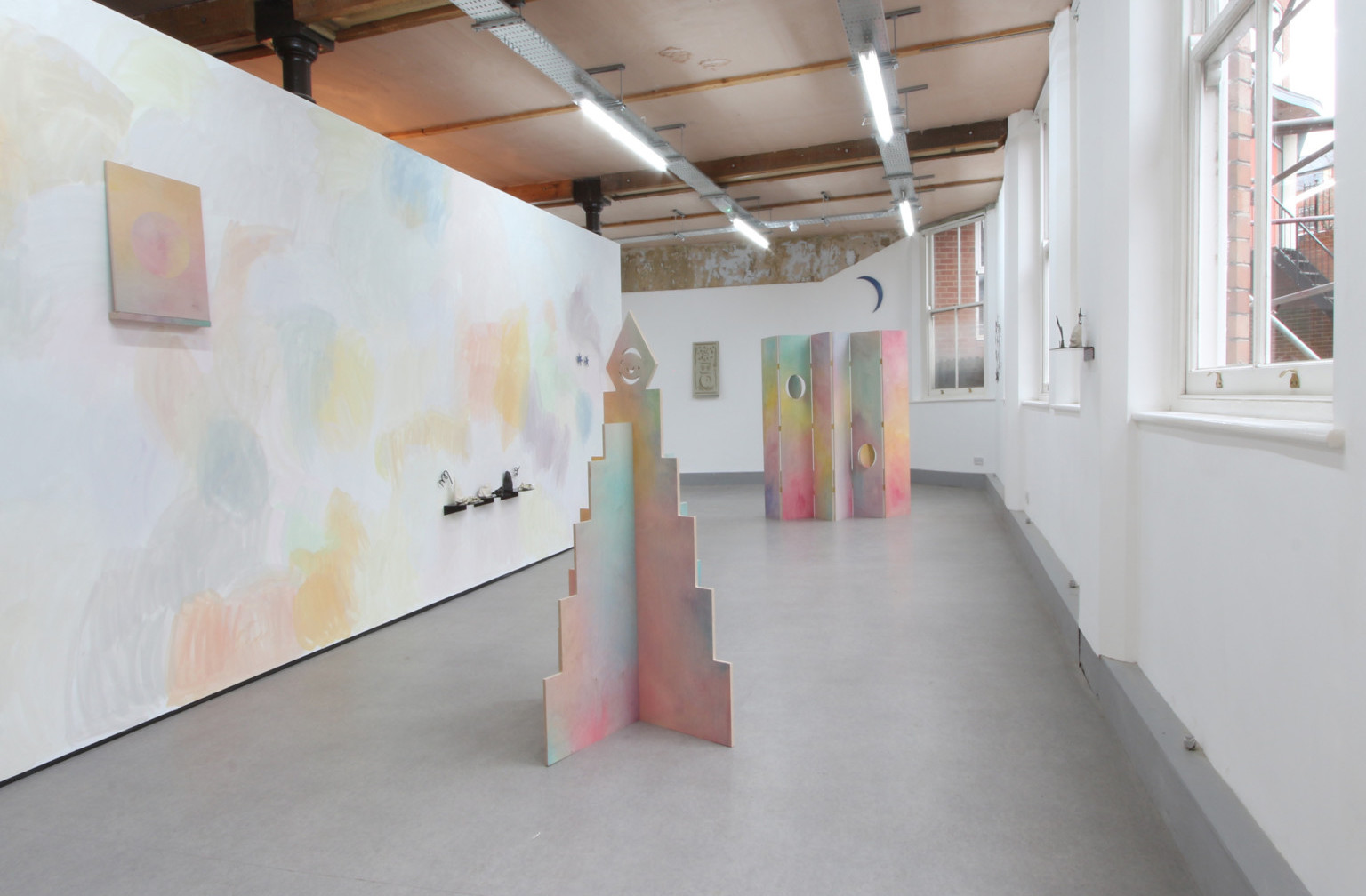Next Steps: Alternative art education
We highlight a number of a-n resources for recent graduates, focusing on alternative art education programmes and ranging from those that are entirely self-organised to more structured offerings.
Alternative art education programmes are an increasingly attractive option for artists who find university tuition fees prohibitive, or who are looking for a more flexible and self-directed approach to their development. Programmes, however, can vary hugely in structure, format, cost and content. They range from those offered by institutions to self-organised, nomadic collectives.
In ‘Alternative art education: choosing a programme that’s right for you’, Lydia Ashman speaks to seven artists who discuss how they chose a programme that would develop their practice and fit with their lifestyles. The artists also offer advice on selecting the right one for your needs.
Islington Mill Academy
Highlights include Niki Colclough discussing the free peer-led art school Islington Mill Academy in Salford, which is open to anyone who wants to be an artist. Learning activity (workshops, crits, coaching, group residencies and projects) is shared and led by the energy and ideas of the current student-members. The Academy is not formally accredited; students choose to graduate when they feel ready to work more independently as artists.
Colclough explains: “The philosophy of Islington Mill Art Academy appealed to me as soon as I read about it, specifically the sense of rebellion; we don’t have to just accept the systems that shape us – we can create them too. That is what I find the most exciting – you have to work things out for yourself. It’s a great way to be both contemporary artist and active citizen.”
Painting residency
Rebecca Harper, meanwhile, takes a look at Turps Studio Programme which is a unique opportunity for a group of painters to take up residence in their own dedicated studios within an exciting studio and gallery development in South East London.
Participants embark on a year-long programme of intensive mentoring, dynamic group seminars, talks and crits, with the option to continue for a second year. It allows painters time to take risks, make mistakes and experiment, with the emphasis firmly on an artist being supported to find their voice without the external pressures of the art market or current trends.
Harper comments: “Turps is certainly non-conformist in its approach. Because of this it is flexible and able to meet the needs of the group, in ways that academic institutions may not be able to. Artists with differing work and family commitments have made it work for them. Some artists are in the studio everyday; others need to be in less often, dependent on their practice.”
To read the a-n resource on alternative art education in full, available to a-n members, click here.
Graduating in 2025? Get 50% off a-n Artist membership
Everything you need to make the transition from student to professional artist.
Read the a-n Degree Shows Guide 2024:
Amy Leung, AltMFA Poster, 2018. Courtesy: the artist





